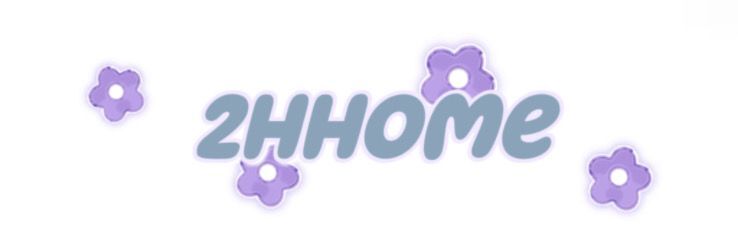Essential Factors in Choosing Seedling Trays for Exports
May. 06, 2025
Essential Factors in Choosing Seedling Trays for Exports
When venturing into the world of exporting plants, selecting the right Seedling trays Vietnam is crucial for ensuring the health and viability of your plants. Properly chosen trays can significantly impact growth rates, ease of transport, and ultimately, customer satisfaction.
Are you interested in learning more about Seedling trays Vietnam? Contact us today to secure an expert consultation!
Material and Durability
One of the first considerations when choosing seedling trays is the material used. Different materials come with their own set of advantages and disadvantages:
- Plastic Trays: Lightweight and durable, plastic trays are popular due to their reusability and ease of cleaning. They are resistant to decay and can withstand varying weather conditions.
- Biodegradable Trays: Made from organic materials, these trays are environmentally friendly but typically have a shorter lifespan. They are ideal for growers looking to minimize their ecological footprint.
- Foam Trays: These provide excellent insulation and drainage but may not be as durable as plastic. They are suited for specific types of plants that benefit from stable temperatures.
Choosing the right material largely depends on your specific export needs and environmental considerations.
Size and Cell Configuration
The size of the seedling trays is another essential factor to consider. Seedling trays come in various sizes and cell configurations, affecting plant growth and transportation efficiency:
- Standard Sizes: Commonly used sizes include 72-cell, 128-cell, and 288-cell trays. Choose a size that aligns with your plant species and desired growth stage.
- Cell Depth: Ensure that the cell depth is suitable for the root system of the plants you are exporting. Deep cell trays help in developing robust root systems, which is crucial for successful transplantation.
A well-thought-out size and configuration will reduce transplant shock and promote healthy growth.
Drainage and Aeration
Good drainage and aeration are vital for the health of seedlings. Poor drainage can lead to root rot, while inadequate aeration can hinder root growth:
- Drainage Holes: Ensure that the trays have ample drainage holes. This feature will prevent waterlogging and remove excess moisture.
- Aeration Design: Look for trays that offer aeration features, which enhance airflow to the roots and help maintain optimal moisture levels.
Investing in trays with superior drainage and aeration will significantly benefit the health of your products.
Stability During Transportation
For exporters, the ability of seedling trays to withstand transport conditions is paramount. Consider the following:
- Stackability: Select trays that can be stacked efficiently without compromising their structural integrity. This will save space during shipping and handling.
- Weight: Lightweight materials will reduce shipping costs but must still provide adequate durability. Ensure the trays are strong enough to hold the plants without bending or breaking.
Choosing trays designed with transportation in mind can mitigate damage and loss during the export process.
Practical Solutions for Common Problems
Based on experience, exporters often encounter several common problems when using seedling trays, but these can be mitigated with careful planning:
- Root Bound Plants: To avoid plants becoming root-bound, select trays with sufficient cell size and depth.
- Transportation Damage: To prevent damage during transport, consider using protective materials, such as bubble wrap or cardboard, to cushion the trays.
- Moisture Control: Use trays with controlled moisture features to minimize the risk of over or under-watering during export.
By being proactive and making informed decisions, you can effectively address these challenges.
Conclusion
Choosing the right seedling trays Vietnam for your export needs is essential for ensuring healthy seedlings and successful shipments. By considering material, size, drainage, stability, and practical solutions to common issues, you can greatly enhance the viability of your plants during transport.
Take the time to research and select quality seedling trays that meet your specific requirements, and you’ll be on your way to a successful export operation. For expert advice on selecting the best trays for your seedlings, feel free to reach out or explore options tailored to your needs.
If you are looking for more details, kindly visit Wholesale Planter Liner Trays supplier.
31
0
0

Comments
All Comments (0)